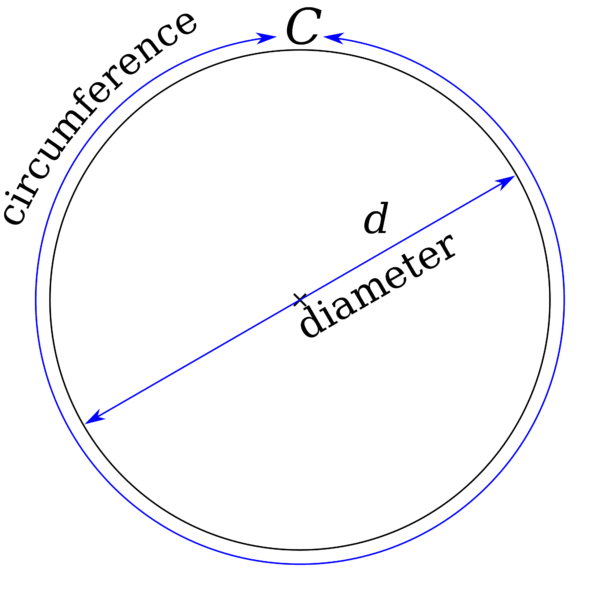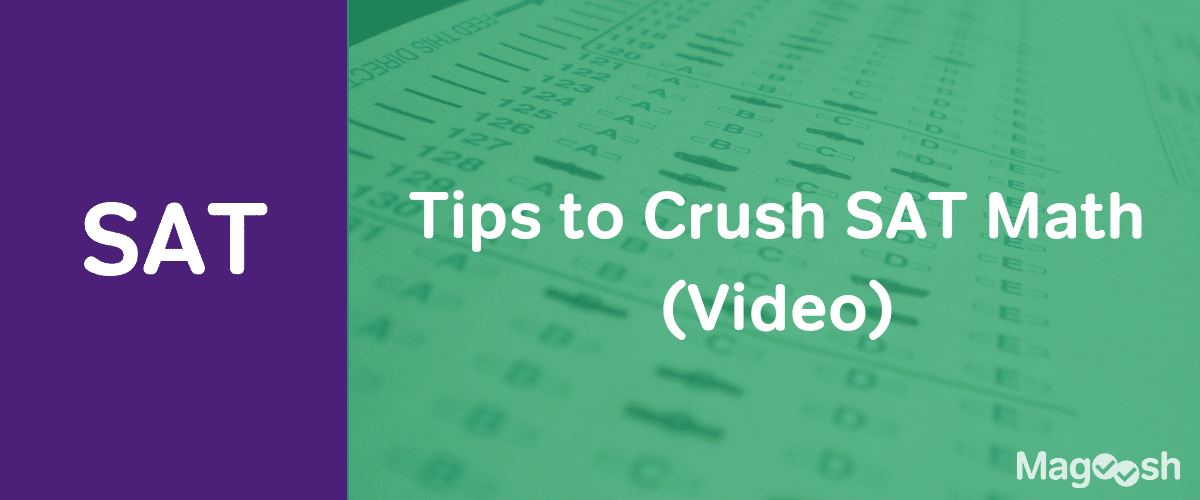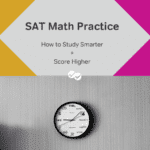Solving problems that have to deal with circles may look intimidating at first, so I’ll break down what to look out for when dealing with circles on ACT Math. After that, we’ll go right into the skills and definitions needed for the test.
The formulas themselves are not too difficult to remember. What might trip you up, however, are the vast amount of key terms you are expected to know.
Lastly, since ACT test makers have a tendency to combine circles, triangles, and other possibe shapes together in one problem, you’ll need to utilize skills from all parts of your geometry toolkit to handle them.

ACT Math: Definition of a Circle
A circle is a set of all the points that are equidistant from a point (the center of the circle). You probably already know what a circle looks like, but it’s important to know the formal definition so that you can confidently handle any conceptual problems that come up.
ACT Math: Glossary of Circle Terms
Radius
A line drawn from the center of a circle out to the edge of the circle.
Formula: r
Diameter
A line drawn from one edge of a circle out to the other side of the circle. It goes through the center of the circle, cutting it in half.
Formula: 2r
Circumference
The length of the perimeter of the circle.
Formula: 2*(pi)*r
Area
The size of the enclosed region of a circle.
Formula: (pi)r2
Arc Length
The length of a particular fraction of the circumference of a circle.
Formula: (x/360)*circumference
X equals the number of degrees of the arc’s central angle.
Minor Arc
The shorter distance along a circle between two points on the edge of the circle.
Major Arc
The longer distance along a circle between two points on the edge of the circle.
Sector
The area of a circle enclosed by an arc and two radii.
Formula: (n/360)*(Area)
N is the degree measure of the central angle of the sector.
Concentric Circles
Circles that have the same center and are of a different size.
Semicircle
Half of a circle is called a semicircle.
Chord
A line that goes from one edge of the circle to the other side. Unlike the diameter, chords don’t necessarily have to go through the center.
A diameter is a chord, but a chord is not necessarily a diameter.
Tangent
A line on the outside of the circle that touches the circle at only one point. The radius of the circle that touches that point forms a right angle with the tangent line.
Central Angle
The angle that is formed by two radii.






Leave a Reply